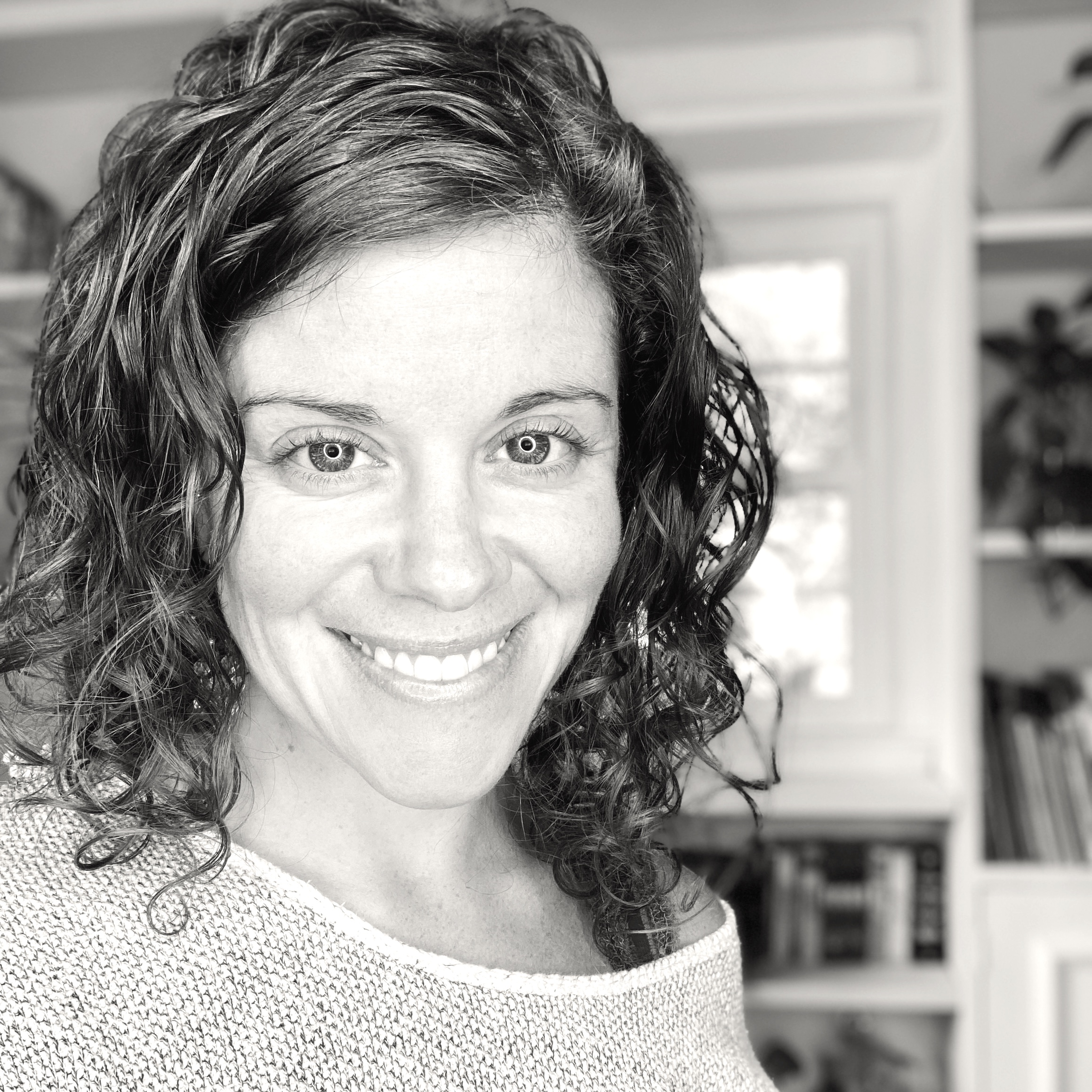Restarting Your Diabetes Journey After Burnout
Written by: Ginger Vieira
4 minute read
June 15, 2022
Living with diabetes comes with a non-stop, day-after-day, hour-by-hour list of responsibilities. If you’ve ever found that endless list of responsibilities so overwhelming that you’ve had to back away from your diabetes management as much as you possibly can, you’re not alone.
Here, we’ll look at essential things to consider when you’re working your way out of burnout and back into a routine of daily diabetes management.
Say it out loud: “I’ve been feeling burned out.”
Whatever the words might be for you, it’s important to acknowledge your feelings. There’s so much guilt and shame that comes with feeling burnt out and needing to back off on the daily grind of managing diabetes, but if we looked at it from a distance—who wouldn’t get burnt out?
Acknowledging what you’ve been feeling means allowing yourself to feel it instead of trying to stuff it down or hide it. It’ll be a lot easier to work through it if you give yourself permission to be real in the first place.
So whatever it is you’ve been feeling, be specific about it! Were you tired of lows and highs? Injections? Lectures from family members? Blood sugar roller coasters? All of the above?
Give it a name. Say it out loud. Share it with a friend or family member who’s really good at just listening. And remember that it makes sense to feel exhausted and stressed out by something that never comes with any real breaks or vacations.
Burnout is normal.
Start with one small diabetes task
This is about thoughtful gradual steps. You can’t expect to go from burnout to 100 percent diabetes manager overnight. The yo-yo effect could leave you so overwhelmed that you’re not even sure where to start.
Instead, when you feel ready to step back into daily diabetes responsibilities, start with one small, specific diabetes task.
By choosing a very small and specific task, you’re setting yourself up for success. You’re giving yourself the chance to succeed gradually instead of trying to do it all overnight.
Give yourself a chance to focus on that one task for a week—or longer—until you feel ready to add another task to your plate.
For example, here are some tasks you can start with. (Remember to choose just one of these tasks to focus on first.)
- Check your blood sugar once per day: when you wake up in the morning.
- Check your blood sugar once per day: halfway through the day at lunch.
- Check your blood sugar once per day: before bed.
- Download a diabetes management app, like mySugr.
- Take a thoughtful dose of insulin with breakfast.
- Take at least one of your diabetes medications.
- Take your long-acting insulin dose consistently at the same time each day.
- Go for a walk after lunch.
- Choose a new recipe you’ve always wanted to make.
- Choose one meal of the day to focus on whole foods.
- Start wearing your insulin pump again.
- Start wearing your continuous glucose monitor (CGM) again.
- Schedule an appointment with your diabetes healthcare team.
- Schedule an appointment with your eye doctor.
- Invite a friend or family member to walk with you in the evening.
- Sign-up for a gym membership (maybe with a friend).
Keep it simple and specific. Give yourself plenty of time to get in the groove with one new task before taking on another.
Check the messages in your head
You might look around at the people who are succeeding at something and assume they never struggle or doubt themselves. Most likely, though, they’ve simply built a solid habit of talking themselves through self-doubt and struggle. They also likely learned to see “failure” as part of being human and reason to try again.
If you don’t expect other people to do something perfectly, make sure you set the same standards for yourself. Diabetes is already enough pressure without your mind adding more.
Managing blood sugar levels in any type of diabetes is complicated. There are over 42 variables that can affect your blood sugar, many of which you have absolutely no control over!
And yet, you might have a habit of beating yourself up for imperfect numbers. The good thing is that this is just a habit. Instead of trying to break the old habit, it might be easier to build a new one on top of it.
For example, every time you catch yourself saying, “I’m so bad at diabetes,” push that thought out with a different thought that puts some clear space between your blood sugar and self-worth. Instead of focusing on the “mistake” or a negative thought, try some of these phrases next time you feel this way:
- “Okay, that didn’t work. Let’s try again.”
- “Every number is just information.”
- “Diabetes sucks. I am awesome. Let’s try again.”
- “Wow! That estimated guess didn’t pan out! Noted.”
- “Hmmm…not what I was expecting.”
- “That’s annoying, but I’m trying my best.”
- “At this very moment, I’m giving diabetes the best I’ve got.”
- “I am not perfect and that’s really okay.”
These statements aren’t meant to oversimplify the complexities of diabetes. The point is to take the personal criticism out of the conversation in your head, no matter how silly you may feel saying them at first. A high blood sugar does not mean you have failed—it simply means you didn’t get enough of the support your body needed (from insulin, medications, etc.) in order to maintain an in-range blood sugar level.
You’re not perfect. And you don’t need to be.
The bottom line
At the end of the day, don’t forget to give yourself credit for simply showing up. Remember, today you showed up for another day of trying to wrangle something (your blood sugar) that your body was designed to manage on its own. That takes a lot of courage and an impressive amount of resilience every day.
Give yourself the same credit you’d give a best friend or family member. When you can learn how to do this, you will start to be able to focus more on the positives and find renewed invigoration for tackling diabetes.
Educational content related to diabetes management is made possible with support from Roche Diabetes Care, an active partner of Beyond Type 1 at the time of publication. Editorial control rests solely on Beyond Type 1.
Related Resources

The holiday season is filled with celebrations, family gatherings, and plenty of holiday foods. No...
Read more

Managing diabetes is a complex and often overwhelming journey—even nine years after my daughter's diagnosis....
Read more

The holiday season is all about celebration, family, and joy—with a little chaos sprinkled in...
Read more


